Phu Quoc, the southern "pearl island" of the Fatherland, is facing a moment of strong transformation with a series of aviation infrastructure projects, urban infrastructure projects,... serving the APEC Forum 2027.
Projects are being urgently implemented, one of which is the planning and expansion of Phu Quoc International Airport, becoming an impressive, modern, and convenient "gateway" when APEC 2027 takes place here.
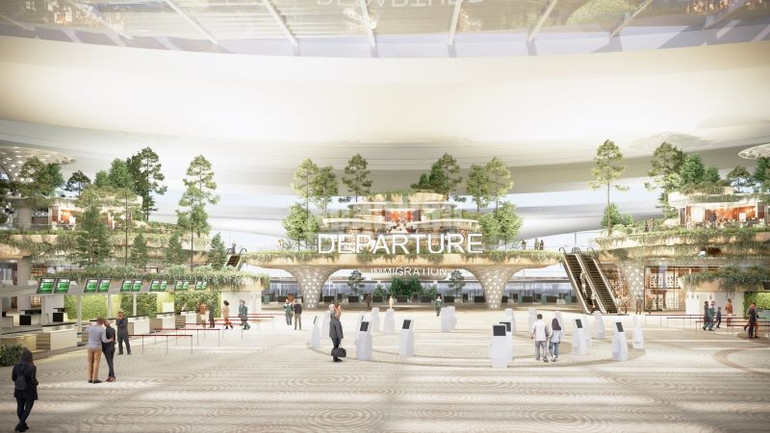
According to the plan, Phu Quoc International Airport has an area of over 1,050 hectares, reaching level 4E according to the standards of the International Civil Aviation Organization (ICAO), allowing the reception of wide-body aircraft such as Boeing 747, 787 or Airbus A350.
Before APEC 2027, the airport's capacity is expected to reach 18 million passengers/year, 4.5 times higher than the current capacity (4 million passengers/year), meeting the strong tourism and economic development goals of the "pearl island".
In the future, Phu Quoc International Airport will reach a capacity of 50 million passengers and 50,000 tons of cargo per year by 2050.
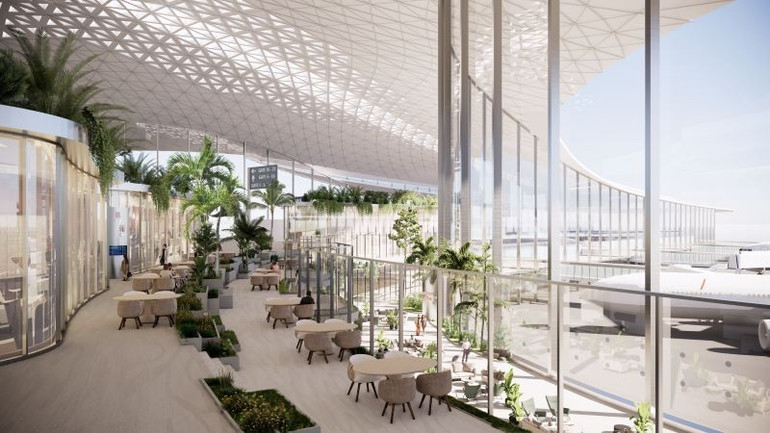
Notably, Phu Quoc International Airport will have two runways, of which the existing runway will be extended to 3,500m, while a new runway of 3,300m will be built.
The parking system will be expanded to more than 100 positions, including 45 wide-body aircraft parking positions, including positions equipped with modern telescopic tubes, well meeting the needs of exploitation and serving international and domestic passengers.
Not only focusing on scale, Phu Quoc International Airport is also a highly symbolic work in terms of architecture and technology. The passenger terminal is designed with inspiration from the image of the Phoenix - a bird symbolizing royalty, power and nobility.
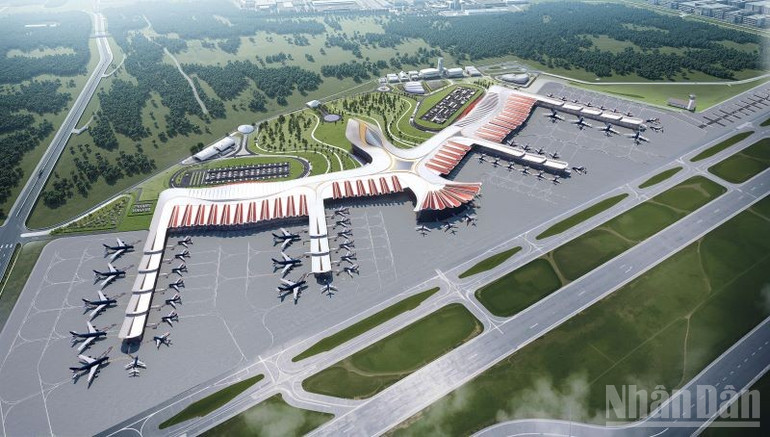
This is a work of CPG Singapore Group, directly penned by architect Steven Thor, Executive Vice President of CPG Consultants. With over 30 years of experience in the field of architectural design, his outstanding works include Hangzhou International Airport-T2, Shenzhen Airport East Integrated Transportation Center,...
The airport's key highlight is the integration of advanced operational technologies, similar to the world's leading modern airports such as Changi (Singapore), Haneda (Japan) or Beijing (China). Passengers will experience remote check-in, automatic baggage sorting, and biometric identification, which helps shorten check-in time to just 15 to 30 seconds per person.
Solutions for personalizing customer experience and intelligent traffic regulation will also be deployed synchronously.
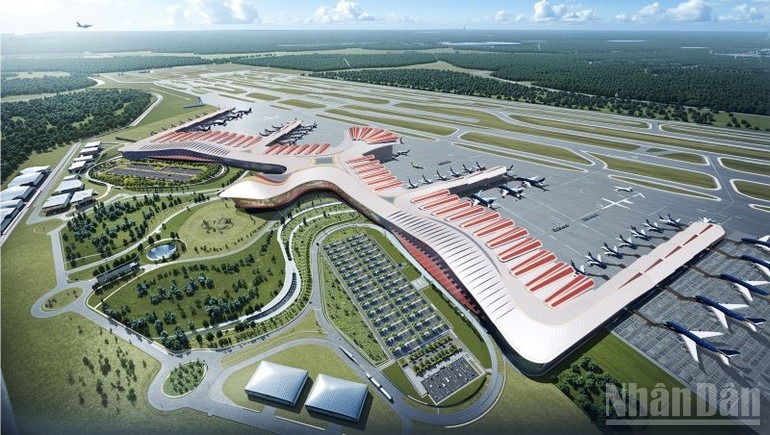
Besides the main passenger terminal, Phu Quoc also invested in building a VIP terminal designed by Italian architect Marco Casamonti, the "father" of the iconic Kissing Bridge in Phu Quoc.
The VIP terminal is inspired by the image of the sea eagle – a symbol of freedom, flexibility and harmony with nature.
The VIP terminal is not only a unique architectural work but also a place to welcome high-ranking diplomatic delegations, with the capacity to serve up to 300 people at the same time from flights with heads of state and accompanying delegations.
Aiming to reach the finish line in less than 2 years, Phu Quoc International Airport is not simply a transport infrastructure project but also a symbol of Vietnam's aspiration to develop, integrate and reach out to the world.
In the new era, this airport will be the door opening up a large development space for the "pearl island", while affirming Phu Quoc's position on the regional tourism and economic map.
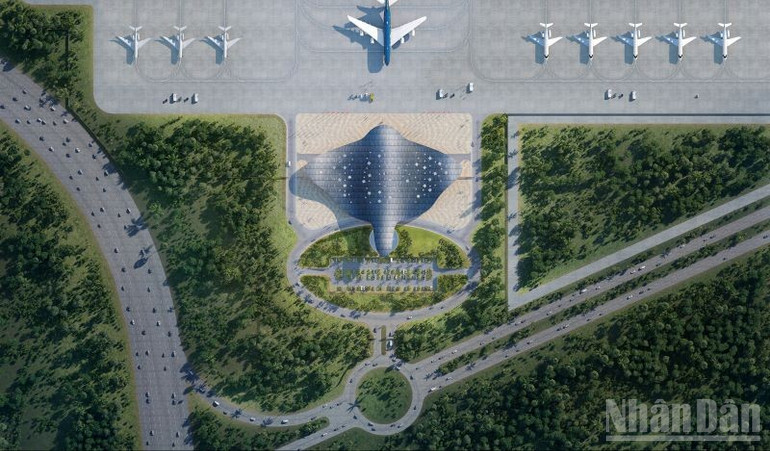
Source: https://nhandan.vn/kham-pha-thiet-ke-va-cong-nang-dot-pha-cua-cang-hang-khong-quoc-te-phu-quoc-post884250.html










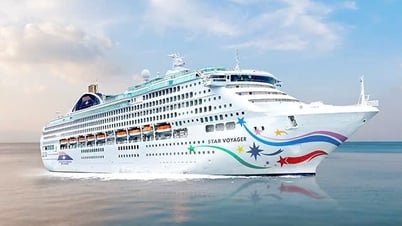

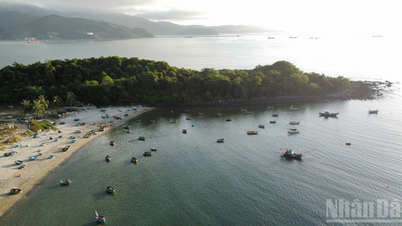
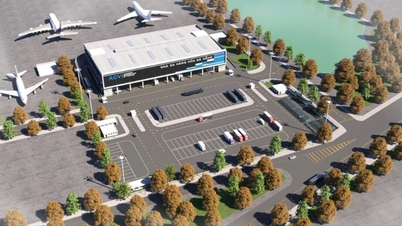










































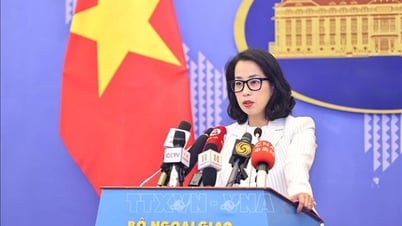



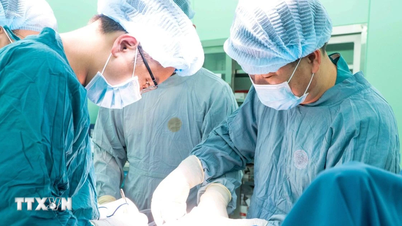







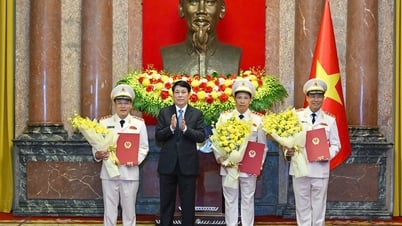









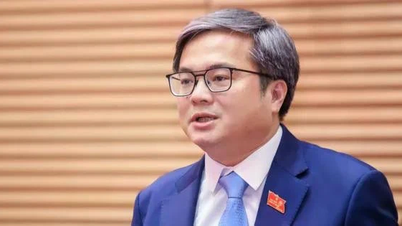











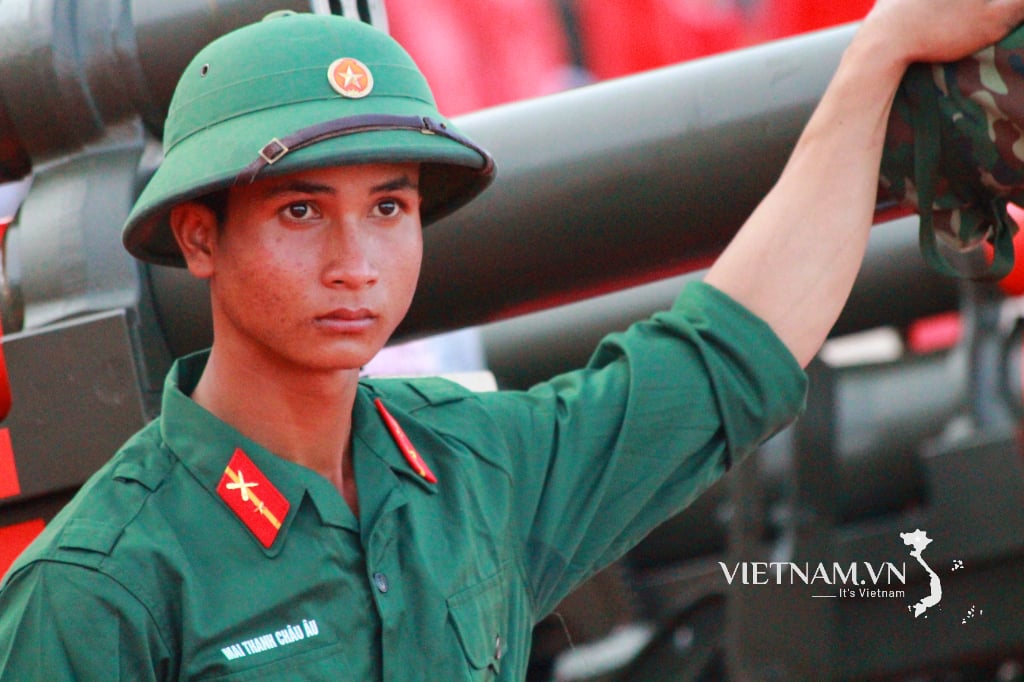



Comment (0)